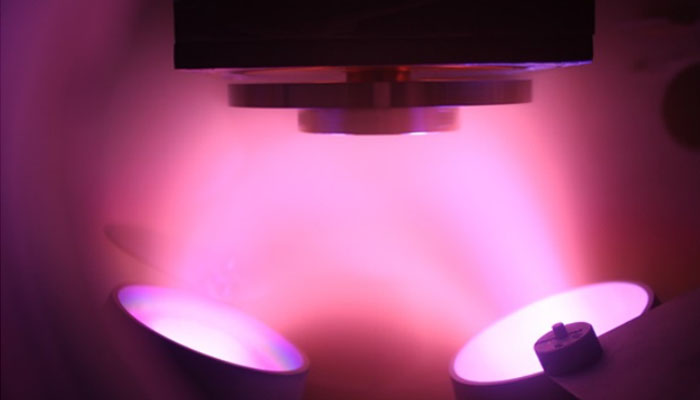
A physical vapor deposition (PVD) vacuum coating unit is a specialized equipment used for depositing thin films of various materials onto a substrate. This process is widely employed in industries such as electronics, optics, and automotive for applications like coating semiconductor devices, optical lenses, and decorative finishes.
The setup of a PVD vacuum coating unit typically consists of three main components: a vacuum chamber, a deposition source, and a substrate holder. The vacuum chamber is a sealed enclosure made of high-quality materials such as stainless steel, designed to maintain a high vacuum environment throughout the coating process. It is equipped with various ports for introducing gases and materials and for monitoring pressure and temperature.
The deposition source is responsible for generating the vaporized material that will be deposited onto the substrate. It can take different forms, such as an electron beam gun, sputtering target, or thermal filament, depending on the specific deposition technique. The deposition source is positioned inside the vacuum chamber and is heated or energized to release atoms or molecules of the coating material.
The substrate holder, often referred to as the target or sample holder, is designed to hold and secure the substrate (e.g., glass, metal, or plastic) during the coating process. It is typically made of a conductive material to allow for uniform coating deposition. The substrate holder can be rotated or tilted to ensure uniform film thickness and to optimize the coating quality.
The process of physical vapor deposition involves several steps. First, the vacuum chamber is pumped down to achieve the desired vacuum level. This ensures the removal of air and other contaminants that may interfere with the coating process. Once the chamber is under vacuum, a precursor gas may be introduced to improve the adhesion of the coating material to the substrate or to induce specific properties in the deposited film.
Next, the deposition source is activated and heated or energized to create a vapor cloud of the coating material. These vaporized atoms or molecules travel within the vacuum chamber and eventually condense onto the substrate surface. This process is commonly referred to as condensation or film deposition.
During the deposition process, the substrate holder may rotate or tilt to promote uniform coating thickness. The coating material atoms or molecules adhere to the substrate surface, forming a thin film. The film thickness can be controlled by adjusting the deposition time, the deposition rate, or the distance between the deposition source and the substrate.
Once the desired film thickness has been achieved, the deposition source is turned off, and the vacuum chamber is slowly vented to atmospheric pressure. The coated substrate is then removed from the chamber, and any excess material is cleaned or trimmed off, if necessary. The coated substrate is now ready for further processing or use in various applications.
In summary, a physical vapor deposition vacuum coating unit is a specialized equipment used for depositing thin films of various materials onto a substrate. It involves the creation of a high vacuum environment, the vaporization of the coating material, and the condensation of the vapor onto the substrate surface. This process offers excellent control over film thickness, uniformity, and adhesion, making it a popular choice for a wide range of industrial applications.